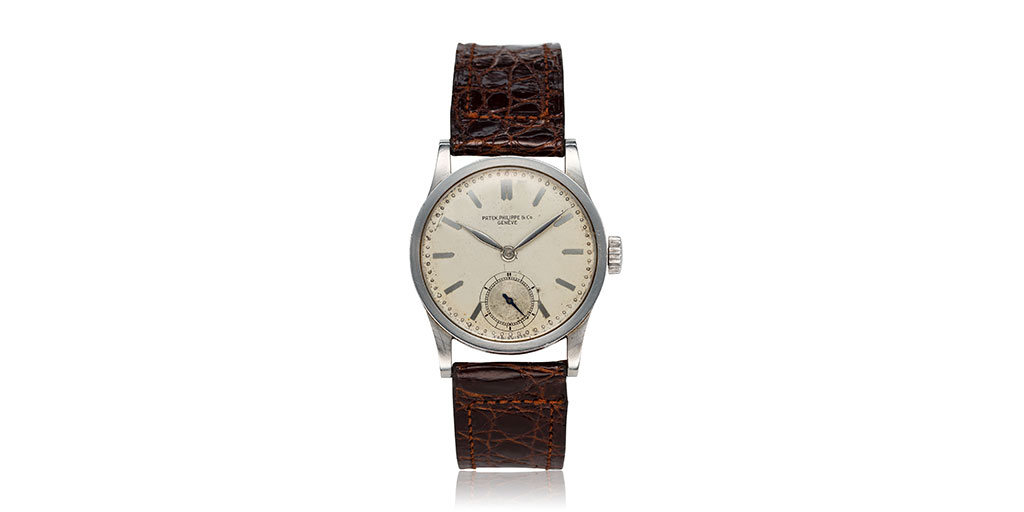If you were to ask a child to draw a wristwatch, nowadays they might ask “a what?” or draw an iWatch; but not so long ago, most children would draw the same thing: a round dial with either numbers or perhaps batons and two hands to tell the hours and minutes. Simple. One could argue that the Patek Philippe ref. 96 is just that, a simple, archetypal watch.

There is no record of who, if indeed one person designed the ref. 96 (it was not David Penney contrary to popular belief; the British illustrator and watch expert is still alive in the U.K.). However, the inspiration behind the design follows the minimalist principles of the Bauhaus school of art and architecture founded by Walter Gropius, which stated that an object’s form should be determined by its function, resulting in the creation of something that is both beautiful and practical. In 1933, exactly one year after the ref. 96 appeared, the Bauhaus was closed by Germany’s National Socialist government as a reputed center of communist socialism. The Bauhaus style is still the guiding principle that transforms Calatrava watches into timeless classics.
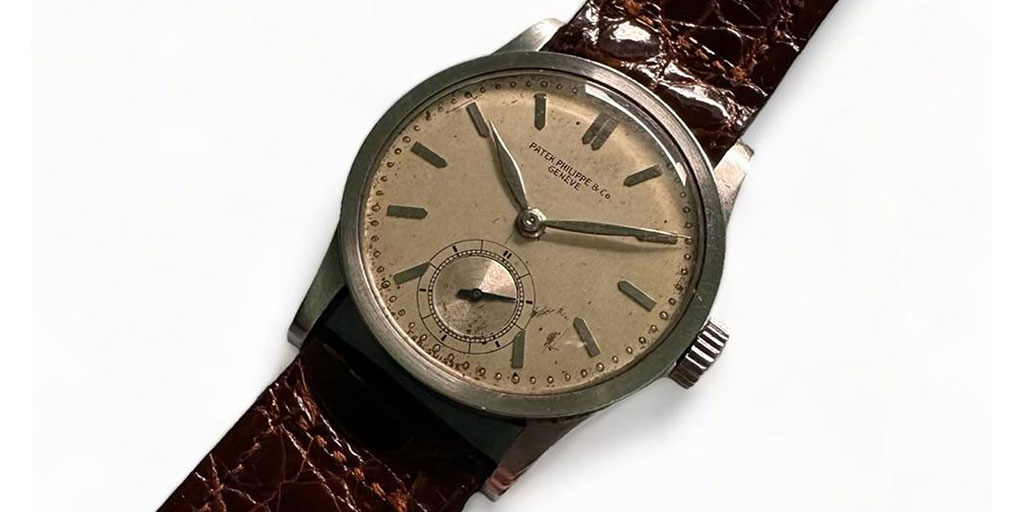
When the ref. 96 was introduced, it was regarded as strikingly modern. In addition to its unusual size of 31 mm – larger than most watches of the time – its wide, unadorned bezel, encircled a silvered dial of simple elegance with Obus indexes and Dauphine hands. The significance of its round dial cannot be underestimated. In the early, 1930s, the wristwatch was a relatively new phenomenon, barely 20 years old. Up until this time, watchmakers had produced an array of wristwatch shapes, including Patek Philippe who had produced square, oblong, rectangular and tonneau shaped pieces. But watch houses were tiring of the stylistic rules of the Art Deco period and it was time for something simple. Now the wristwatch could move forward with confidence, and as in the case of the ref. 96, a series-produced model which would be produced in gold, platinum and even steel with various dial designs. The three-piece case with a snap on case back and bezel was made by Antoine Gerlach, the Genevan master case maker (Key mark 4) for gold and platinum versions. The steel series was made by case maker Taubert (mark FB).
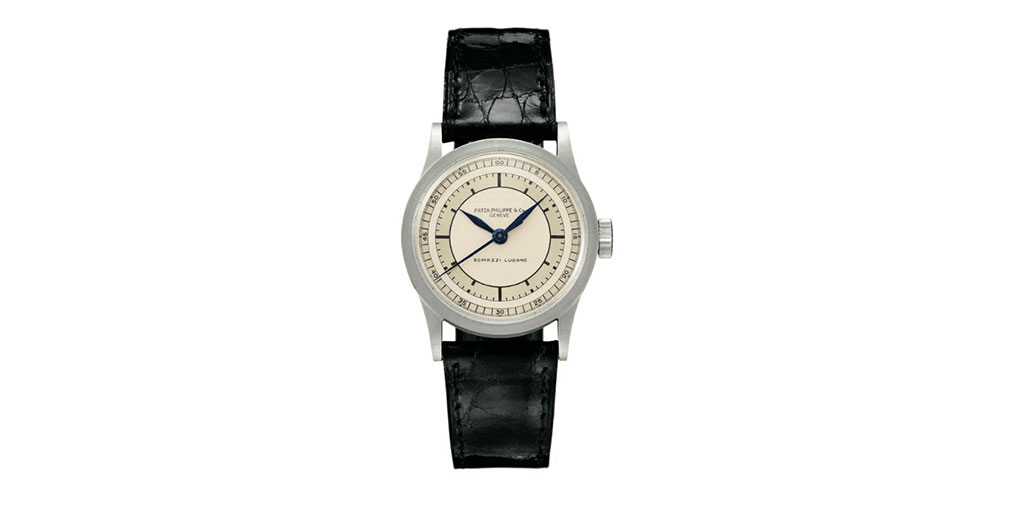
The ref. 96 has come to represent an important milestone in Patek Philippe history. Although it is regarded as the quintessential Calatrava, the name ‘Calatrava’ was not associated with this round watch design until the 1980s. However, of most significance is the fact that the ref. 96 was launched the same year that dial makers Jean and Charles Stern brought the company. The Stern brothers immediately changed the way Patek Philippe produced watches and the ref. 96 became symbolic of many of their changes. For example, prior to the ref. 96, reference numbers had been given somewhat sporadicly to new Patek Philippe timepieces, but following the direction of the Stern brothers, all new watches produced after the ref. 96, consistently received an official reference number.

Most importantly, was the influence of the Sterns’ appointment of a new technical director, Jean Pfister. By the end of 1934, the year when the number of wristwatches made in Switzerland outnumbered the pocket watch by two to one, the ref. 96 started to house Patek Philippe’s new in-house caliber, the 12 120. This was the beginning of a new series of in-house calibers under Jean Pfister’s direction. Mr. Pfister focused the company’s attention on the rapidly growing wristwatch market and to design and put into production new calibers. Between 1934 and 1939, ten new proprietary calibers of various sizes and shapes were introduced. The Stern brothers decided that unlike other watch manufactures, Patek Philippe would not be limited to the production of one specialized genre of timepiece. Pfister ensured that the company produced all types of movements including complications for the new wristwatch format.

The ref. 96 was produced for over 40 years in numerous design variations which can roughly be divided into four main series. The first series was produced until early 1935 and featured the LeCoultre 12-ligne caliber. This caliber was originally purchased for Gondolo pendants and wristwatches during the 1910-1920s but never used due to the onset of the Great Depression and the significant downturn in timepiece production. Use of these calibers in the earliest ref. 96 watches explains why some examples did not have a small seconds dial and the movement includes gold wheels and a ‘snail’ regulator which were made exclusively for Gondolo watches.
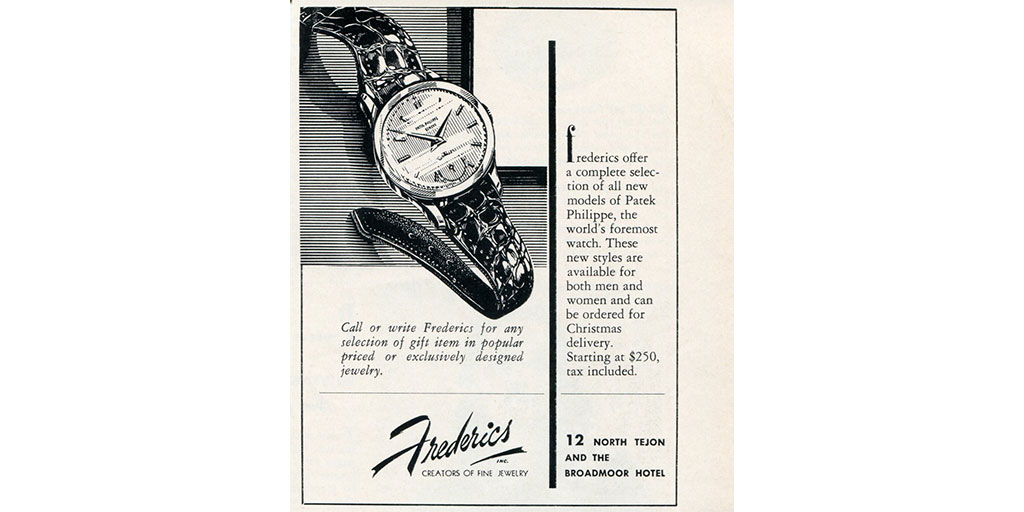
The second series ref. 96 watches were produced from 1935 -1953 with the in-house caliber 12 120. The third series started in 1950 with the caliber 12 400, and the fourth series started in 1960 fitted with the caliber 27 AM 400.
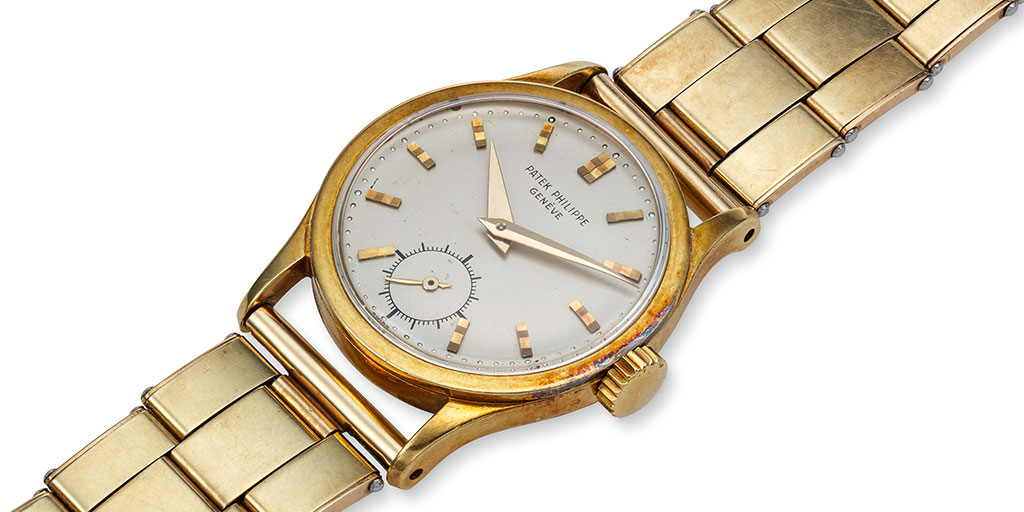
It is estimated that around 10,000 ref. 96 watches were made in total, mostly in yellow gold, followed by steel, pink gold and platinum. Rarest of all are white gold examples. The ref. 96 was eventually replaced in 1982 by the ref. 3796. It was not until 2004 that a new, larger version of the ref. 5196 (37 mm) was introduced and it remains the classic Calatrava in the Patek Philippe collection.
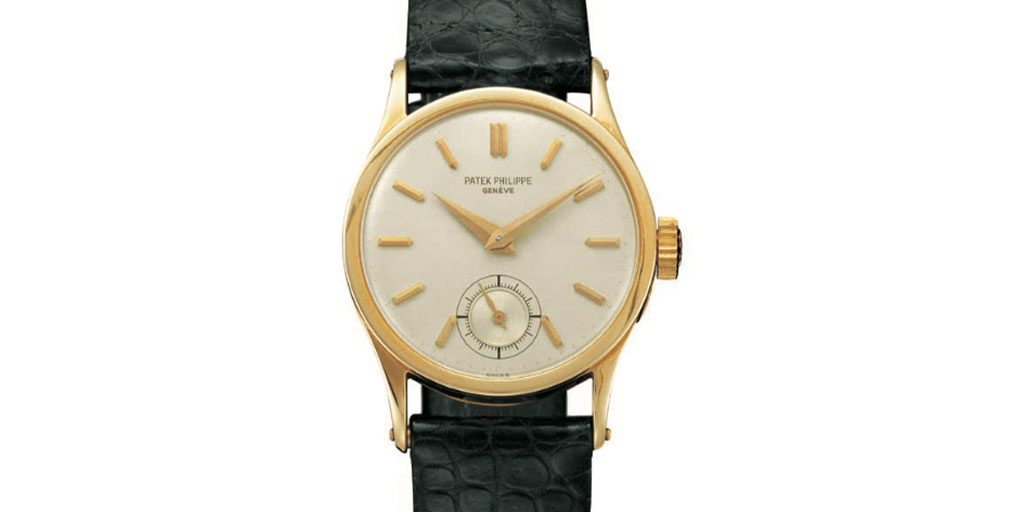
Although over 90 years have passed since the introduction of the ref. 96, it is still the inspiration for every new generation of Calatrava watch. Even the hobnail bezel of the ref. 3919 was not a new design, a ref. 96 first appeared with a hobnail bezel in 1934. Within each new design, form and function are united: the Bauhaus school would be proud.
January 2024

